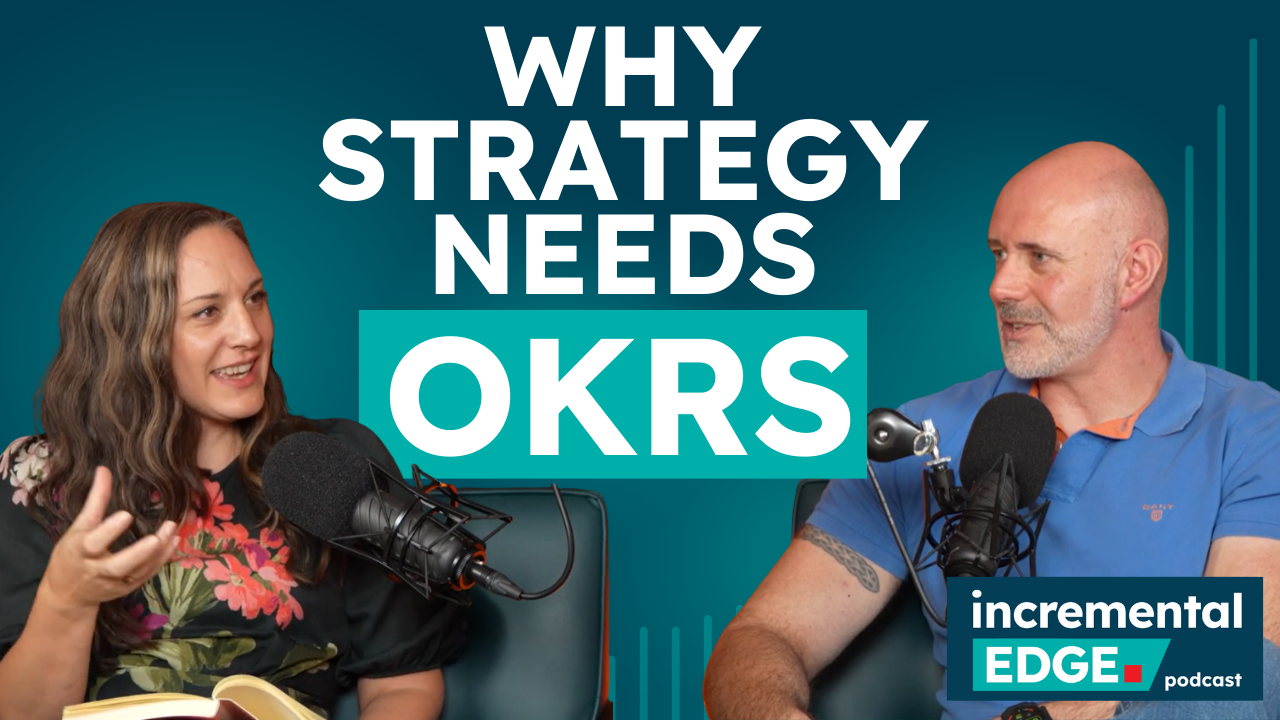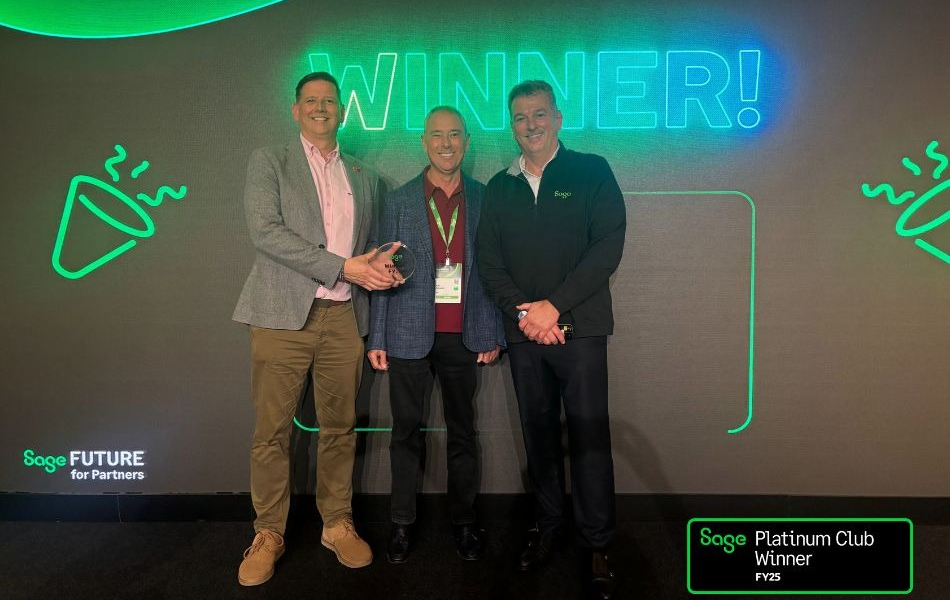
Insights
Selecting the right Sage solution: Lessons from Lucy’s decision-making process
17th September 2024
3 min read
In this expanded post, we take a deeper dive into how Lucy Bilbrough approached the critical task of selecting the right Sage product for Stephenson Group. Discover the detailed steps she took, from scoping sessions to market research, to ensure they chose the best solution for their needs.
Selecting the right ERP system is a decision that can have a significant impact on a business’s operations, growth, and overall success. For Stephenson Group, this decision was especially critical as they sought to replace their ageing Sage 1000 system. Lucy Bilbrough, Operations & Continuous Improvement Director, led the charge in ensuring that the company chose a solution that not only met their current needs but also supported their long-term objectives.
“We knew that jumping to a new system was a big commitment, so we took the time to thoroughly vet each option,” Lucy explains.
The first step in the selection process was to clearly define the company’s needs. Lucy held a scoping session with the leadership team, during which they discussed “what good looks like.” This session was crucial in aligning everyone’s expectations and setting a clear vision for what the new system should achieve.
“We wanted to create an idealised picture of how technology could support the business,” says Lucy. “This helped us stay focused on our goals throughout the selection process.”
With this vision in mind, Lucy began her due diligence. She spoke to other ERP suppliers to vet the market and understand what different systems could offer. She also leveraged the company’s network for advice, which proved invaluable in gaining insights into the strengths and weaknesses of various solutions.
“Thanks to a CEO-level connection, I managed to get a tour around Ocado’s first automated warehouse, which was out-of-this-world! It gave us a glimpse into what was possible,” Lucy recalls.
The company also defined its “walk away criteria”—the essential functions that the new system had to provide. For Stephenson Group, these included an integrated finance module, quality control capabilities, and the ability to interface with barcoding and batch control software on the shop floor. This non-negotiable list helped narrow down the options.
As Lucy continued her research, it became increasingly clear that Sage X3 was the best fit for Stephenson Group. The system’s configurability and scalability were particularly appealing, especially given the company’s need for a solution that could grow with them.
“We’re a fairly small business, and we don’t have a massive amount of in-house skill. So configurability was crucial. And scalability mattered because we wanted to grow the business,” Lucy explains.
However, Lucy didn’t stop at just choosing the system. She was determined to ensure that the implementation would be as smooth and beneficial as possible. This involved detailed planning and close collaboration with Datel.
“We wanted to take the opportunity to build a better, future-ready operation, rather than just replicating existing processes with new software,” Lucy says. “This meant investing time and resources into locking down the scope for refinement.”
Actionable steps to adopt Lucy's approach
1. Define your vision
Start by holding a scoping session with your leadership team to define what success looks like. This will guide your selection process and help keep you focused on your goals.
2. Conduct thorough research
Leverage your network to gain insights into different systems and partners. Take the time to understand the pros and cons of the partnership and support you’ll receive.
3. Establish non-negotiables
Define your “walk away criteria” early in the process. These are the essential functions that the new system must provide, and they will help you narrow down your choices.
For Stephenson Group, the selection of Sage X3 was a decision grounded in careful consideration, thorough research, and a clear understanding of the company’s needs. By following a similar approach, you can make informed decisions that set you up for long-term success.
Latest posts
.png)
9th December 2025
4 min read
Learn about the upcoming changes to FRS 102 and how to prepare
FRS 102 is getting a major update from 2026, with big implications for revenue recognition and ...

4th December 2025
4 min read
The OKR Effect: Why outcome focus improves strategic execution
Strategy is something most leaders care deeply about. We invest time building a clear plan, shaping ...

2nd December 2025
2 min read
Celebrating a double win at Sage Future 2025
We’re excited to share some fantastic news that reflects not only Datel’s hard work, but the trust, ...
